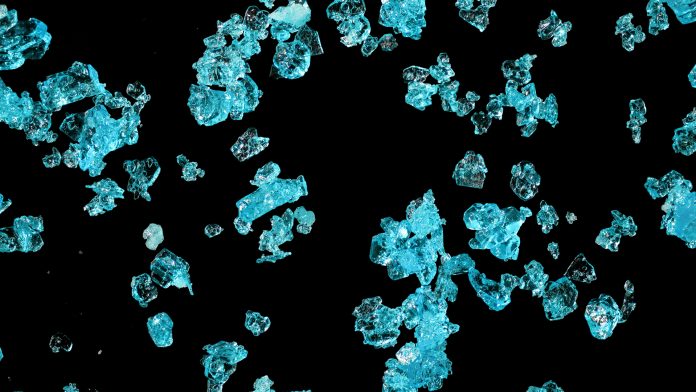A new cell-free protein crystallisation (CFPC) method, developed by the Tokyo Institute of Technology, provides major developments in the field of structural biology.
Including direct protein crystallisation, the technique enables the analysis of unstable proteins that cannot be studied using other conventional methods.
This huge advancement means that scientists will be able to increase their knowledge of cellular processes and functions.
Discovering hidden crystals
Some crystals, such as salt and sugar, are used in everyday life; however, another set of crystals hidden from the naked eye are crucial to our biology. Known as microscopic protein crystals, they are found in living cells and help sustain processes such as immune system activation, protein storage, and protection.
Previous researchers developed the in-cell protein crystallisation (ICPC) method, which enabled a better understanding of the relationship between protein crystals’ structure and function. This method can directly observe protein crystals in living cells.
The process ensures high-quality crystals without the need for purification processes, or complex screening methods. However, despite having many advantages, the process reported very few structures. This is because the crystallisation process in living cells does not have the size and quality required for analysis.
To overcome these issues, the team of researchers developed the CFPC method, which was recently published in Scientific Reports.
New developments in understanding protein crystals
The cell-free protein method is a hybrid of in vitro crystallisation and the ICPC method. The method allows for the rapid and direct formation of protein crystals, without the need for complicated crystallisation and purification methods.
“ICPC is expected to become an important tool in crystal structure analysis, but we need a method to obtain better resolution protein crystal structures. So, we focused on establishing high-quality protein crystallisation, using CFPC with small-scale and rapid reactions,” said Professor Takafumi Ueno, of Tokyo Tech.
The team used a wheat germ protein synthesis kit, which is a tool for the synthesis of polyhedrin monomer, a viral protein produced in insect cells by cypovirus infection. The protein was crystallised using the new CFPC method, which led to the formation of nano-sized polyhedra crystals.
After six hours of observation and scanning electron microscopy images, the results indicated that the polyhedra crystals had excellent purity. This allowed the determination of their structure to be conducted at a high resolution (1.95 angstrom).
The team discovered their new crystallisation process had further capabilities, through structurally analysing crystalline inclusion protein A. Its structure was determined at a high resolution of 2.11 angstrom, which had never been seen before this study.
The crystallisation method proposed by this study is a huge leap forward in the field of structural biology. It will enable the analysis of unstable, low-yield proteins, which cannot be studied through conventional methods. Moreover, it aims to aid in the development of advanced techniques for small-scale and rapid protein crystallisation.
Professor Ueno concluded: “The high-quality protein crystals produced by our method will expand the horizons of structural determination, and provide us with useful and unprecedented insights into the complex environment of living cells.”





